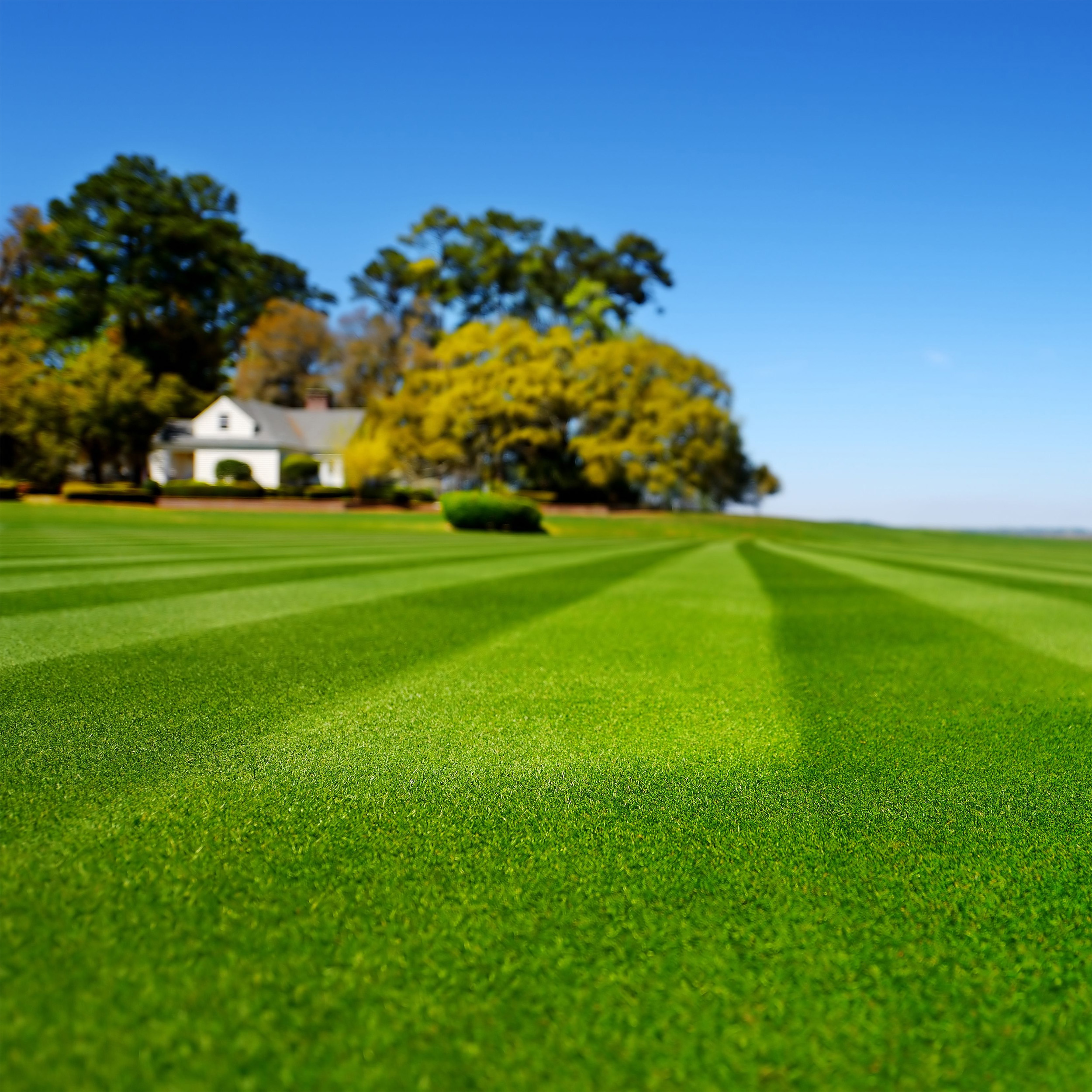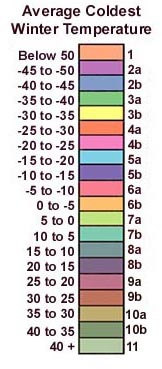
Blackjack Bermudagrass
- Cost Effective
- Warm Season
- Deep green color
Grasses used in Hawaii primarily consist of only warm season grasses for this tropical climate.
Warm-season grasses:
Bermuda grass - Bermudagrass is the most widely grown turfgrass in Hawaii because of its adaptation to climates and soil types. Bermudagrass forms a dense, attractive sod. It spreads primarily through stolon growth, although rhizomes do play a part in its aggressive growth habits. It is not unusual for a stolon to grow 6 feet in 1 year when spreading over bare ground. This aggressiveness makes bermudagrass the preeminent turf for areas of high traffic, since it can spread quickly to cover damaged areas. Bermudagrasses also have good wear tolerance.
The major limiting factor to bermudagrass growth is the amount of sunlight it requires. It does not tolerate full shade and only tolerates partial shade for half a day. It is best to have full sun for the highest quality lawn.
Bermudagrass is responsive to management. Quality lawns require large amounts of fertilizer and water and frequent mowing. Although bermudagrass is drought-tolerant, it has a high water requirement to produce an attractive turf.
Bermudagrass is adapted to a range of soil types and survives in alkaline and acid conditions, but it prefers well-drained soils with a pH of 6 to 7. The vigor of bermudagrass is reduced on poorly drained soils, but it produces an acceptable turf on clay soils. Bermudagrass is the most tolerant turfgrass to being submerged and is the preferred grass for stream banks.
| Click Name To View Grass Seed Choice | Type | Applications | |
|---|---|---|---|
| Bermuda Grass - Oasis |
|
Warm Season | Lawns - Full Sun - Fast Growing |
| Bermuda Grass - Blackjack |
|
Warm Season | Lawns - Full Sun - Fast Growing |
| Bermuda Grass - Yukon |
|
Warm Season |
Lawns - Golf Course - Fast Growing Full Sun - High End - Best Cold Tolerance |
| Bermuda Grass - Arden 15 |
|
Warm Season |
Lawns - Golf Course - Fast Growing Full Sun - High End |
| Bermuda Grass - Riviera |
|
Warm Season |
Lawns - Golf Course - Fast Growing Full Sun - High End |
| Carpet Grass |
|
Warm Season | Lawns - Partial Sun - Wet Areas |
| Centipede Grass |
|
Warm Season | Lawns - Mostly Sunny to Full Sun - Low Maintenance |
| Seashore Paspalum - Seaspray |
|
Warm Season | Lawns - Mostly Sunny to Full Sun - Best Salt Tolerance |

Centipede grass -Centipede is the grass of choice for some Hawaiians. The low level of maintenance required is a joy to those who want an acceptable quality of turf with the least amount of effort. The problems with centipedegrass often are caused by over-zealous homeowners trying to make centipedegrass look better.
Centipedegrass is a slow growing, naturally lime green, somewhat coarse turfgrass adapted to growing in acid sandy soils. Centipedegrass grows best in a slightly moist, well-drained soil with a pH of 4.5 to 6.0. Iron deficiency causes the leaves to have a bleached appearance when the grass is grown on high pH soils. Centipedegrass responds to foliar iron applications by giving a darker green color.
Centipedegrass has poor wear tolerance and is slow to recover from injury because of its slow growth rate. Shade tolerance is better than bermudagrass, but not as good as St. Augustinegrass.
Seashore Paspalum - Seashore Paspalum is an extremely salt tolerant warm season turfgrass, Seashore Paspalum has outstanding turf quality, a bright green color, and a beautiful, uniform appearance. Ideal for temperate to hot, humid coastal climates, Sea shore Paspalum also affords excellent drought tolerance and good shade tolerance. Excellent for use on turfgrass areas irrigated with effluent water or subject to naturally high saline conditions.
Below is the USDA Zone Map for Hawaii so you can determine which zone you reside in. Below that are our picks for your state which will do best in your area. Next on this page are tables which list various grasses and their characteristics so you can compare before you decide on your purchase. Click on the product name (ie. La Prima) for more information about that grass and to make your purchase.
| USDA Zone Map For Hawaii | |
|---|---|
 |
 |
| Compare Various Grasses For Their Characteristics | ||||||||
|---|---|---|---|---|---|---|---|---|
| Cool Season Grasses |
Leaf Texture |
Establish Rate |
Nitrogen Use |
Water Use |
Drought Tolerance |
Salinity Tolerance |
Shade Tolerance |
|
| Fescue - Hard | Fine | Slow to Moderate |
Low to Very Low |
Moderate | Excellent | Low to Moderate |
Excellent | |
| Fescue - Creeping | Fine | Moderate | Low to Moderate |
Moderate | Good | Low | Excellent | |
| Fescue - Turf Type | Moderate to Coarse |
Moderate | Moderate to High |
Low to Moderate |
Excellent | Low | Good to Excellent |
|
| Ryegrass - Perennial | Fine to Moderate |
Very Fast | Moderate to High |
Moderate to High |
Good | Poor to Moderate |
Poor to Moderate |
|
| Warm Season Grasses |
Leaf Texture |
Establish Rate |
Nitrogen Use |
Water Use |
Drought Tolerance |
Salinity Tolerance |
Shade Tolerance |
|
| Bermudagrass | Fine to Moderate |
Moderate to Fast |
Moderate | Moderate to High |
Excellent | Very Good | Poor | |
| Centipedegrass | Moderate to Coarse |
Slow | Low | Low | Good | Moderate | Moderate to Good |
|
| Seashore Paspalum | Moderate | Moderate | Moderate | Moderate | Excellent | Excellent | Good | |
| Compare Various Grasses For Their Characteristics - Continued | ||||||||
|---|---|---|---|---|---|---|---|---|
| Cool Season Grasses |
Fertility Needs |
Wear Resistance |
Mowing Height |
Cold Tolerance |
Acid Soil Tolerance |
Thatching Tendency |
Heat Tolerance |
|
| Fescue - Hard | Low | Low | Medium | Medium to High |
Medium to High |
Low to Medium |
Low to Medium |
|
| Fescue - Creeping | Low | Low | Medium | High | Medium to High |
Low to Medium |
Low to Medium |
|
| Fescue - Turf Type | Low to Medium |
Medium to High |
Medium to High |
Medium | High | Low | High | |
| Ryegrass - Perennial | Medium | High | Low to Medium |
Medium | Medium | Low | Medium to High |
|
| Warm Season Grasses |
Fertility Needs |
Wear Resistance |
Mowing Height |
Cold Tolerance |
Acid Soil Tolerance |
Thatching Tendency |
Heat Tolerance |
|
| Bermudagrass | Medium | High | Low to Medium |
Low to Medium |
Medium | Medium | High | |
| Blue Grama | Low | Low | High | High | Low | Low | High | |
| Buffalograss | Low | Low | High | High | Low | Low | High | |
| Centipedegrass | Low | Low | Medium to High |
Medium to High |
High | Medium | High | |
| Seashore Paspalum | Medium to High |
Medium to High |
Low | Medium | Low | Medium to High |
High | |